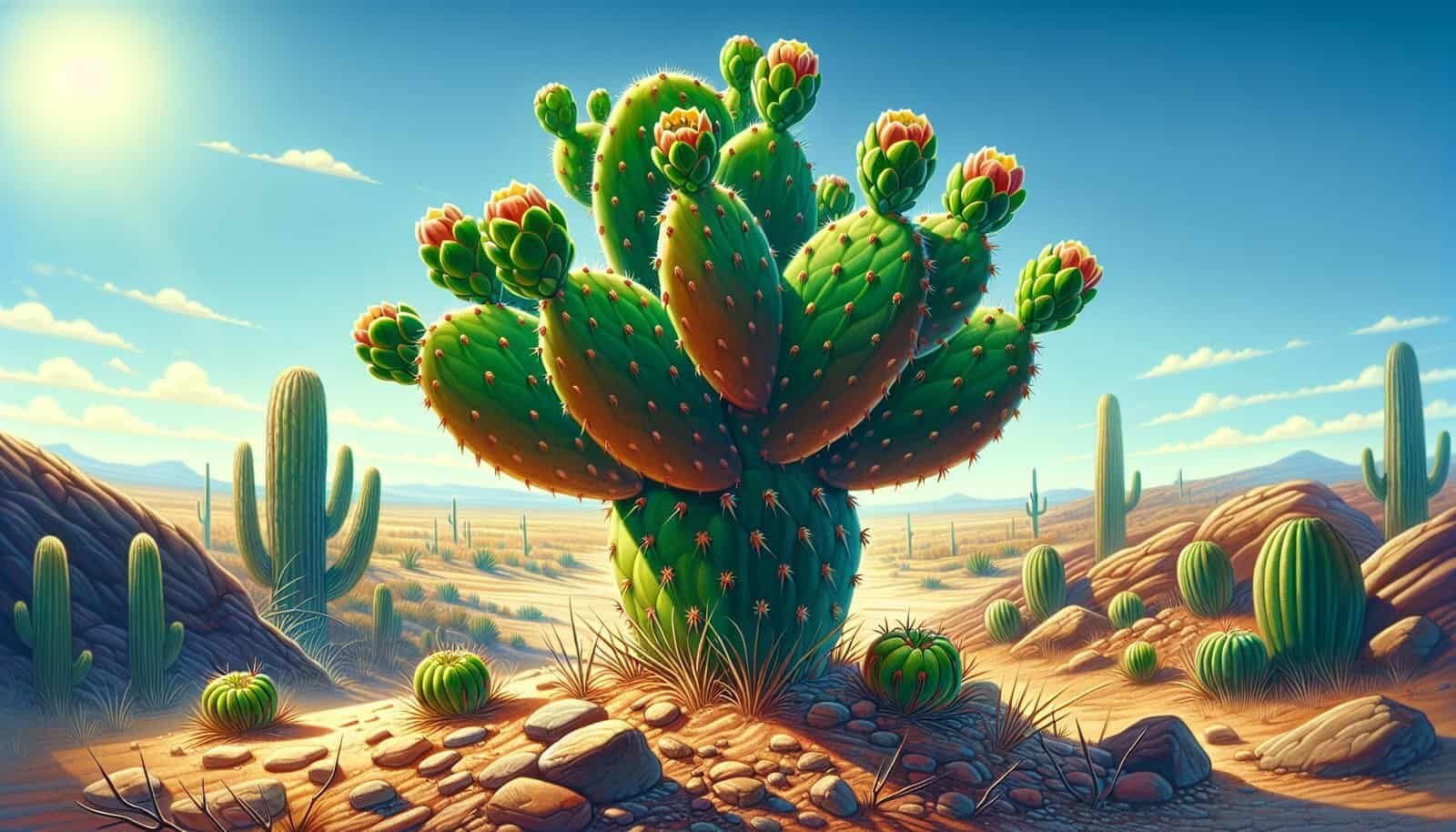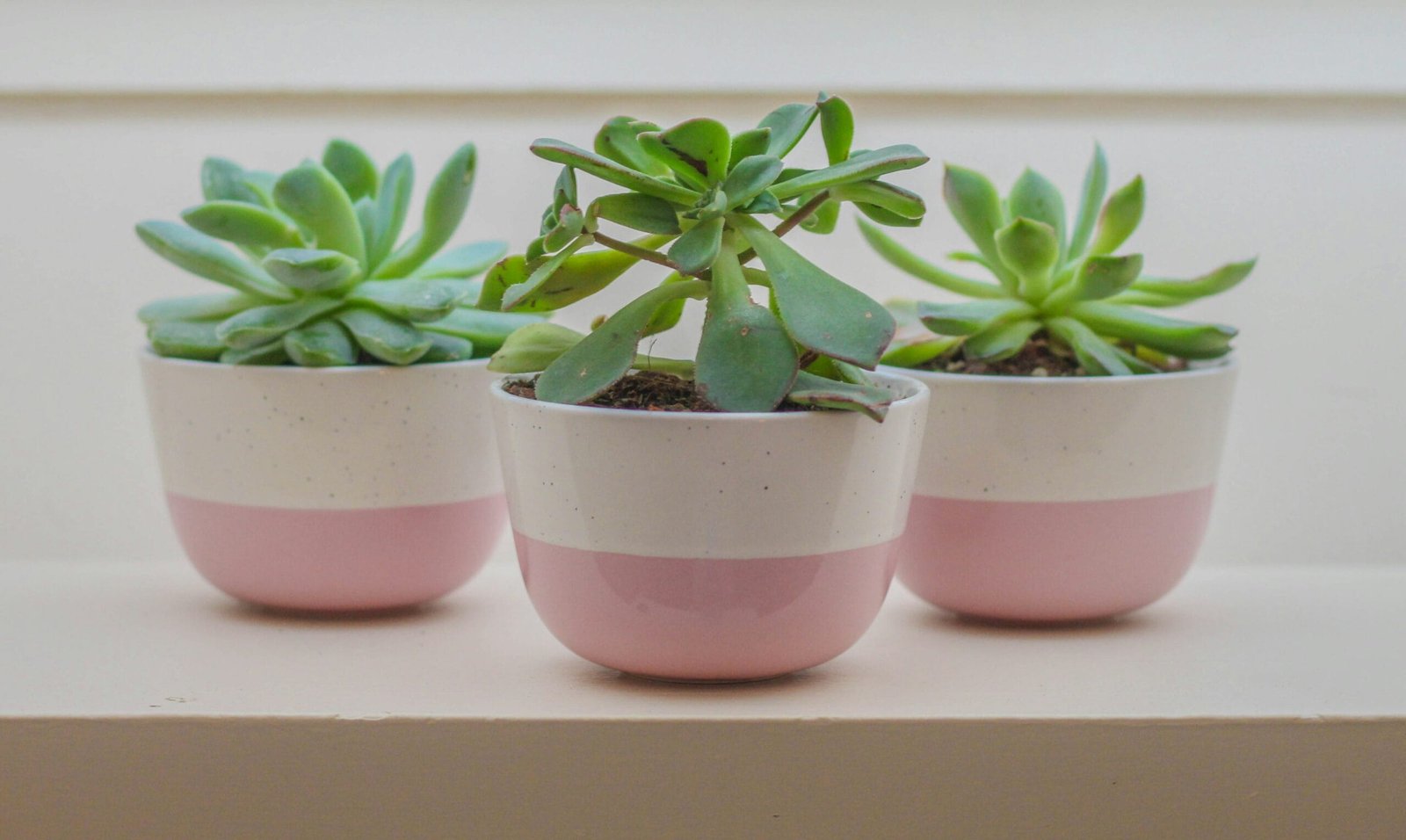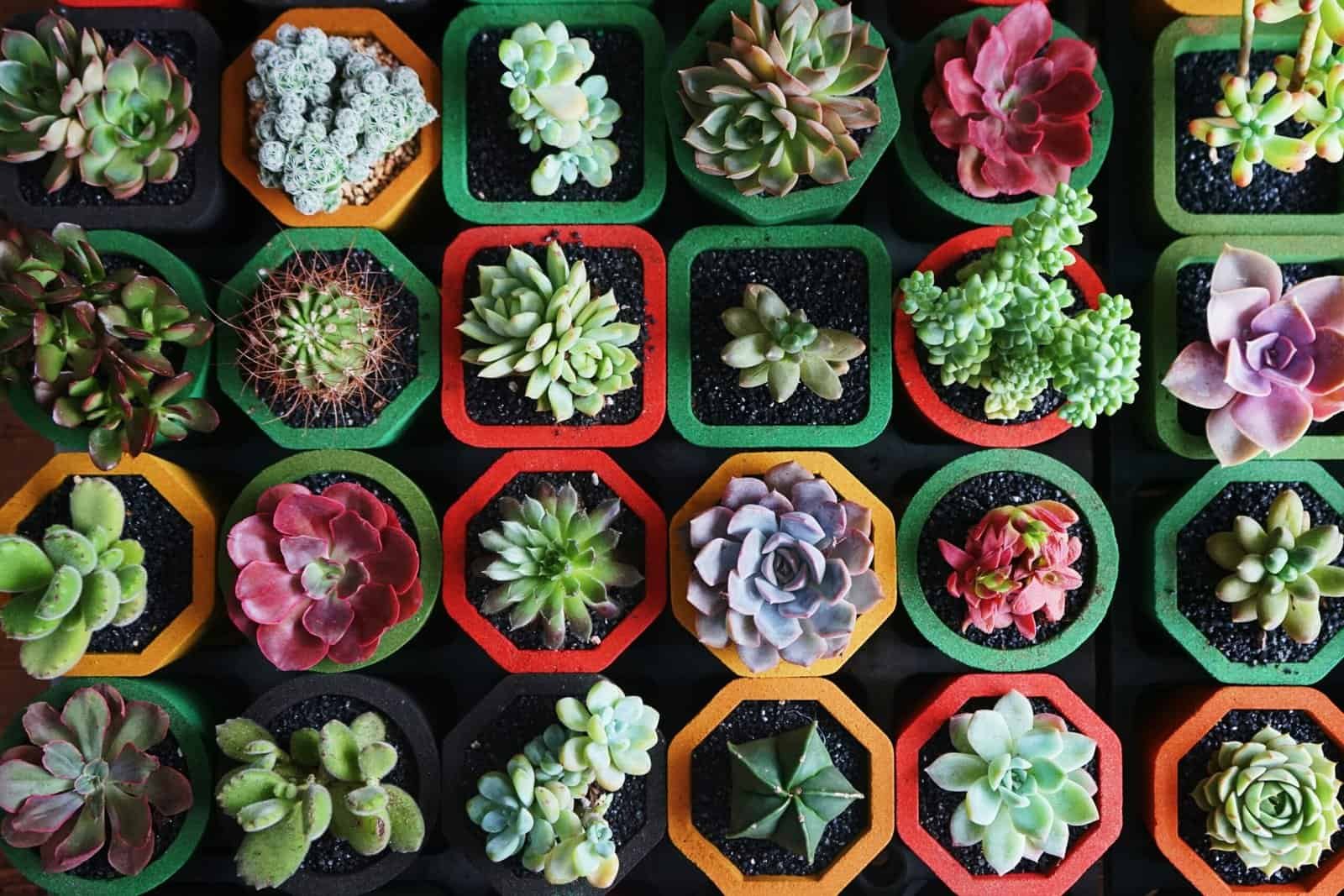Have you ever wondered how to cultivate a beautiful Nopal cactus even in challenging soil conditions? You’re not alone. Many people are intrigued by the idea of nurturing these unique, resilient plants but worry that their soil might not be up to the task. Fortunately, Nopal cacti, also known as prickly pear cacti, are among the hardiest types of cacti—and with a bit of guidance, you can successfully grow them even in less-than-ideal environments.
Understanding the Nopal Cactus
Let’s begin with the basics so you can get to know your thorny new friend. The Nopal cactus belongs to the Opuntia genus and is native to the arid regions of the Americas. It’s well-known for its ability to thrive in drought conditions and adapt to a variety of climates. The plant is characterized by its flat, fleshy pads and vibrant flowers that can add a splash of color to any garden.
Characteristics of the Nopal Cactus
Before you start planting, it’s essential to understand the main traits of the Nopal cactus. This plant is particularly recognized for its ability to store water within its pads, helping it survive in dry environments. The pads are also covered in small spines, which it uses as a defense mechanism.
Here’s a quick overview:
| Feature | Description |
|---|---|
| Water Storage | Stores water in fleshy pads |
| Spines | Contains small, sharp spines for defense |
| Flowering | Produces flowers in spring and summer |
| Adaptability | Thrives in various climates and soil types |
Benefits of Growing Nopal Cactus
Why grow a Nopal cactus, you might ask? The benefits are plentiful. Not only are they low-maintenance and drought-tolerant, but they also provide beautiful blooms and have culinary uses. Nopal pads are edible and often used in Mexican cuisine. They also require minimal resources, making them an environmentally friendly choice for your garden.
Preparing to Plant Your Nopal Cactus
Ready to plant? Great! The first step is preparation. While Nopal cacti are hardy, a little groundwork will set you up for success, especially if you’re dealing with poor soil conditions.
Choosing the Right Location
Location is key. Nopal cacti thrive in sunny areas with well-drained soil. While they can tolerate some shade, they prefer full sunlight, as it helps them produce more blooms and overall healthier growth.
Soil Considerations
Dealing with poor soil? No problem! Nopal cacti can adapt to various soil types, but they do best in well-draining soil. If your soil is heavy clay or tends to retain water, consider amending it with sand or gravel to improve drainage. You could also look into raised beds or containers if natural soil conditions are not favorable.
Essential Tools and Materials
You’ll want to have a few tools and materials on hand to plant your Nopal cactus properly. While there is no extensive list, here are some essentials:
- Shovel or trowel
- Gardening gloves (to protect from spines)
- Potting mixture (cactus soil, sand, gravel)
- Watering can
Assessing Soil Quality and Amending Poor Soil
If your soil isn’t naturally suitable, you’ll need to improve it. Start by assessing its drainage capacity. You can perform a simple test by digging a hole in your garden and filling it with water. If it drains within an hour, you’re good to go. If not, mix sand or gravel into your soil, or create a dedicated raised bed or container.

Planting Your Nopal Cactus
With preparations complete, it’s time to get your hands dirty and plant your cactus. This process, while straightforward, can significantly impact the success and health of your plant.
Step-by-Step Planting Guide
Dig a Hole: Using a shovel, dig a hole slightly larger than the cactus pad you’re planting.
Prepare the Pad: If you’re using a cutting, allow it to form a callus over several days before planting. This reduces the risk of rot.
Plant the Pad: Place the pad upright in the hole. Ensure that at least one-third of it is buried underground to provide stability.
Fill the Hole: Gently fill the hole with a mix of potting soil, sand, and gravel, ensuring that the pad is firmly in place.
Water Lightly: Give the freshly planted pad a light watering to help settle the soil around the roots. Avoid over-watering.
Ideal Spacing for Growth
Nopal cacti need space to spread and develop properly. Allow at least 3 feet between plants to ensure that they have enough room to grow and receive adequate sunlight.
First Watering and Initial Care
During the first few weeks, monitor your cactus for signs of stress, such as drooping or discoloration. Water sparingly, as Nopal cacti are susceptible to root rot if submerged in water. An initial light watering will suffice until the plant stabilizes.
Maintaining Your Nopal Cactus
Congratulations, you’ve planted your Nopal cactus! Now comes the maintenance phase, which is crucial for ensuring that your cactus thrives in its new environment.
Watering Your Cactus
One of the essential aspects of cactus care is watering. Many people mistakenly believe that cacti require little to no water. While it’s true they are drought-tolerant, they do appreciate a good soak now and then, especially during prolonged dry spells.
- Frequency: Water deeply but infrequently. Allow the soil to dry completely between waterings.
- Amount: Ensure water penetrates to the root zone but does not leave the soil saturated.
Pruning and Shaping
Periodic pruning helps maintain the shape and health of your cactus. Remove any dead or damaged pads using sanitized gardening shears. This promotes growth and prevents the spread of disease.
Fertilization Tips
Although Nopal cacti are not heavy feeders, a little boost during the growing season can promote vibrant blooms.
- Type of Fertilizer: Use a balanced, water-soluble fertilizer diluted to half strength.
- Frequency: Apply once every four to six weeks during the spring and summer months.
Pest Management
Even in poor soil conditions, pests can find their way to your Nopal cactus. Common offenders include mealybugs and scale insects. Inspect your plants regularly and use insecticidal soap or neem oil as needed to keep infestations at bay.

Protecting Your Cactus from the Elements
Exposure to harsh conditions can sometimes challenge even the hardiest Nopal cactus. Learn how to protect it from extreme cold, heat, or excessive humidity to keep it thriving.
Winter Protection Strategies
In colder climates, extreme frost can damage your cactus. Consider using burlap or frost cloths to cover your plants during cold snaps. If your cactus is in a pot, move it to a sheltered location.
Sun and Heat Management
Though cacti love the sun, intense heat can lead to sunburn. Provide temporary shade using garden fabric or shade cloth during the hottest parts of the day during heatwaves.
Common Challenges and Solutions
Growing Nopal cactus in challenging soil doesn’t come without its set of potential issues. Let’s explore some common problems you might encounter and how you can address them.
Identifying and Treating Diseases
Fungal infections and root rot are among the most common diseases. Maintaining proper drainage and monitoring water levels are crucial. If rot is detected, remove affected areas and consider repotting the plant in fresh soil.
Addressing Growth and Bloom Issues
If your cactus isn’t thriving or producing blooms, assess factors like lighting, temperature, and nutrient availability. Adjust these conditions as necessary, ensuring that your cactus resides in a location that receives plenty of sunlight.
Troubleshooting Pests
Sometimes pest infestation might persist despite your best efforts. In such cases, try stronger methods like systemic insecticides but use them carefully to minimize impact on pollinators.

Utilizing Nopal Cactus Beyond the Garden
Beyond being a resilient plant, the Nopal cactus offers numerous uses, enriching both culinary and medicinal practices.
Culinary Uses
Nopal pads, or “nopales,” can be diced into salads, scrambled with eggs, or used in tacos. They offer a slightly tangy flavor and are rich in vitamins and fiber.
Medicinal Benefits
Historically, Nopal has been used in folk medicine to address a variety of ailments, including inflammation and digestive issues. However, always consult healthcare professionals before using it medicinally.
Creating the Perfect Cactus Garden
Why stop at one Nopal cactus? Consider expanding your collection and creating a stunning cactus garden. Mix different varieties and shapes for visual interest, using gravel and stones as both soil amendments and decorative elements.
Design Tips for Desert Landscapes
For a true desert vibe, incorporate other drought-resistant plants like agaves and yuccas. Use natural stones or wooden elements to design pathways around your garden. This setup not only conserves water but also reduces maintenance.

Wrapping It Up
Caring for a Nopal cactus in poor soil conditions may seem daunting, but with these tips and tricks, you can cultivate a thriving plant that delights your senses and brightens any space. Remember, a bit of knowledge, a touch of patience, and consistency is all you need to transform challenging soil into a healthy home for your cactus. Happy planting!

